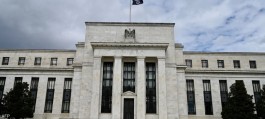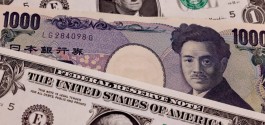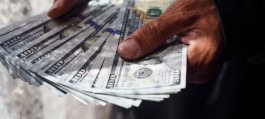The dollar fell broadly in early trading on Thursday after the Federal Reserve held interest rates steady and maintained its forecast for rate cuts this year despite upside surprises on inflation, but did not strike a more hawkish tone as some investors had feared.
The Australian dollar jumped after data on Thursday showed employment grew sharply in February and the unemployment rate fell to much lower than expected.
The Australian dollar was last up 0.33 percent at $0.6608, after rising more than 0.4 percent to a one-week high of $0.6615 following strong jobs data.
At the conclusion of the US Federal Reserve meeting on Wednesday, Federal Reserve Chairman Jerome Powell said that recent high inflation readings had not changed the basic scenario of slow easing of price pressures in the United States, as the central bank is on track to continue on the path of cutting interest rates three times this year, although he expected slightly slower progress in the inflation battle.
The euro and the pound were among the major currencies that hit one-week highs against the dollar on Thursday, rising to $1.09375 and $1.2798 respectively.
The dollar index was steady at 103.23 after falling more than 0.5 percent in the previous trading session.
The New Zealand dollar was last up 0.08 percent at $0.6087.
The yen rose 0.4 percent to $150.63 after falling to a four-month low of $151.82 in the previous session and near multi-decade lows.
Despite the Bank of Japan's historic move to abandon negative interest rates earlier this week, policymakers have indicated that they expect to maintain accommodative monetary conditions for some time.
This has given investors the confidence to rebuild their positions in the popular yen carry trade, as the stark interest rate differential between Japan and the US is likely to persist for some time, which in turn has driven down the currency.


































